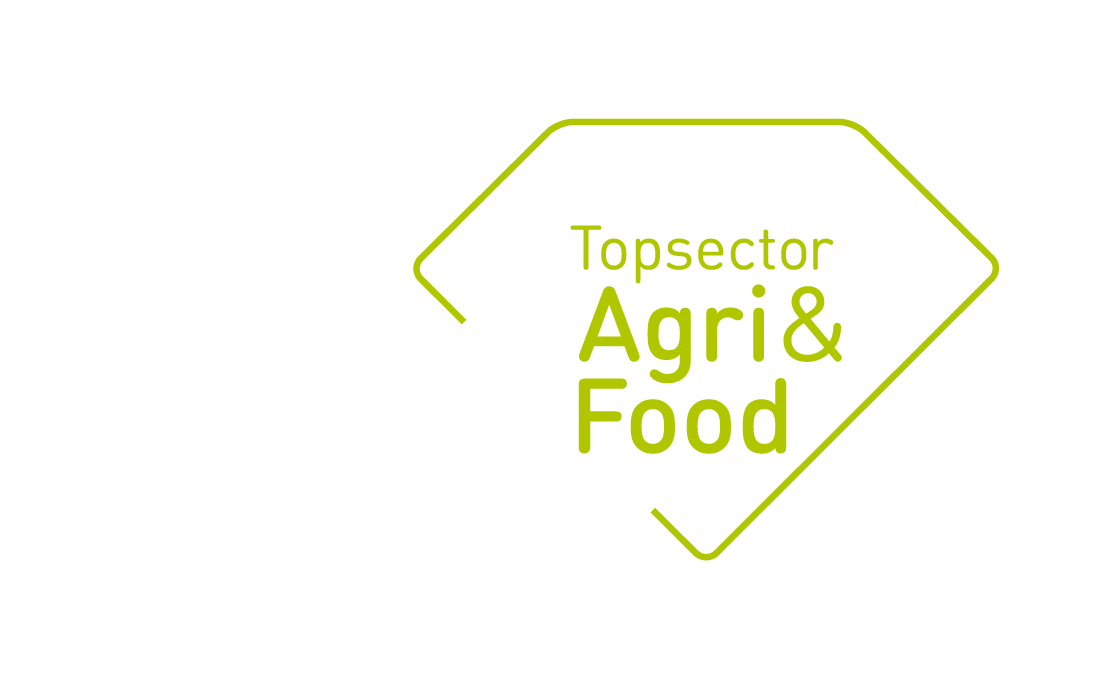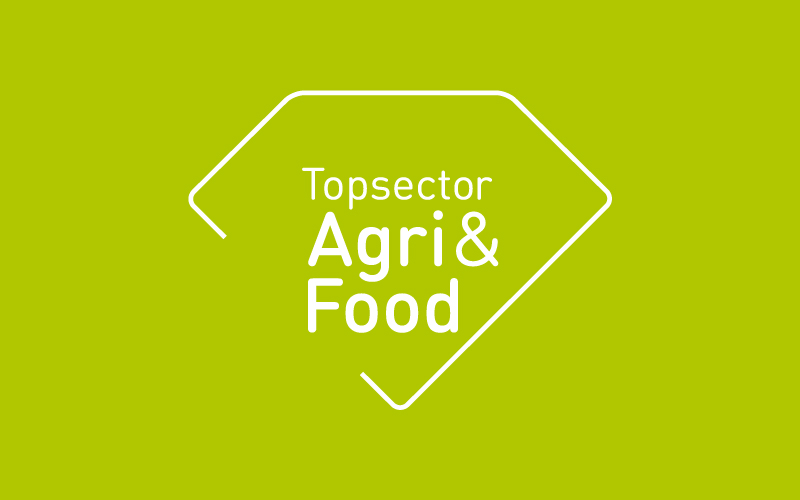projecttitel: Zelcor; Zero Waste Ligno-Cellulosic Biorefineries by Integrated Lignin Valorisation
projectnummer: AF-EU-17002
kernthema: Circulair
looptijd: 2016-2020
projectleider: Richard Gosselink
kennisinstelling: Wageningen Food & Biobased Research
betrokken partijen: Ardilla Technologies (SME), UK, Arterra Bioscience Srl (SME), IT; Avantium Chemical BV (SME), NL; Biome Bioplastics (SME), UK; BillerudKorsnäs AB (Ind), SE: Nova-Institut GmbH (SME), DE; Quantis Sarl (SME), CH; Sabic (Ind), NL; Tereos (Ind), FR; W42 Industrial Biotechnology GmbH (SME), DE; Ynsect (SME), FR.
Samenvatting The overall aim of Zelcor fits perfectly to the Dutch Biobased Economy as full and sustainable exploitation of lignocellulosic biomass will be developed including the utilisation of recalcitrant side streams as lignin and sugar derived humins. These challenging biorefinery side streams will be studied as starting materials for the development of value-added products. These developments will stimulate the circular economy in The Netherlands. Avantium produces in their processes humins as a side product in the conversion of sugars to furandicarboxylic acid and lignin when they process lignocellulose. WFBR will study the depolymerisation of both lignins and humins towards the production of biobased aromatic chemicals and polymer building blocks. These biochemicals will be used by the Dutch partners (SABIC and Avantium) to develop biobased products with added functionality and value. Together with SABIC lignin and humins will be tested in functional packaging and prototypes thereof will be developed. Furthermore, in Zelcor novel knowledge will be gained about conversion of these side streams by smart combinations of biotechnological and chemical routes. The technological routes in the project will lead to new insights in the roles of catalysts, bacteria, enzymes and termites in the conversion and use of lignin and humins. This will strengthen our knowledge on these topics. Reaching valorisation of the lignin and humin fractions of lignocellulosic biomass into valuable products that go beyond the current state of the art, reaching at least a 3-fold value increase as compared to the current energy value. Closing the loop by utilising under-utilised side-streams from lignocellulosic biorefineries in order to improve resource efficiency and environmental footprint of the whole sector.
Links
Website
Rapportage 2017
Rapportage 2018
Deel dit bericht


